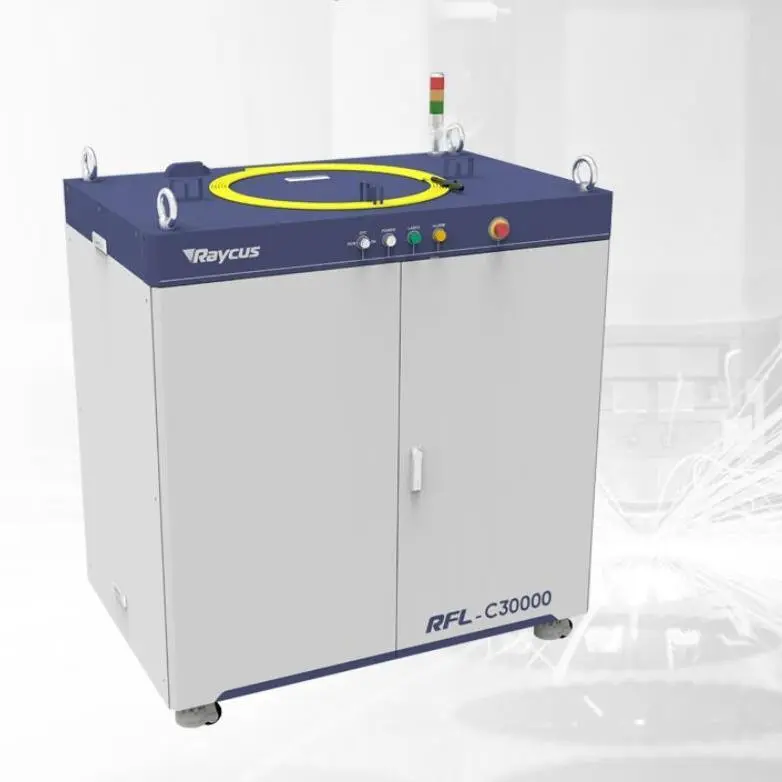When it comes to precision cutting in manufacturing industries, laser cutting technology has been a game-changer. With the ability to cut through a wide range of materials with high precision, laser cutting machines have become a staple in various industries, including automotive, aerospace, and electronics.
One of the most commonly cut materials in manufacturing is carbon steel. Carbon steel is known for its durability and strength, making it a popular choice for structural components and machinery parts. However, cutting carbon steel can be a challenging task due to its high carbon content and hardness.
This is where laser cutting technology comes into play. Laser cutting machines use a high-powered laser beam to melt, burn, or vaporize the material, resulting in clean and precise cuts. When it comes to cutting carbon steel, laser cutting machines offer several advantages over traditional cutting methods:
1. High Precision: Laser cutting machines can cut through carbon steel with high precision, allowing for intricate designs and complex shapes to be cut with ease.
2. Clean Cuts: The laser beam produces a narrow kerf, resulting in clean and sharp cuts with minimal heat-affected zones. This is crucial for maintaining the structural integrity of the carbon steel material.
3. Efficiency: Laser cutting machines are highly efficient and can cut through carbon steel at a faster rate than traditional cutting methods. This improves productivity and reduces production time.
4. Versatility: Laser cutting machines can cut through a wide range of thicknesses of carbon steel, from thin sheets to thick plates. This versatility makes them ideal for a variety of applications in manufacturing.

Revolutionizing Manufacturing with Laser Cutting Carbon Steel Machine
With advancements in laser cutting technology, manufacturers can now benefit from even greater precision and efficiency when cutting carbon steel. One such advancement is the use of fiber lasers in cutting carbon steel. Fiber lasers offer higher power levels and faster cutting speeds, making them ideal for cutting thicker carbon steel materials.
In addition to fiber lasers, other advancements in laser cutting technology, such as automated cutting systems and 3D cutting capabilities, have further revolutionized the manufacturing industry. These advancements have enabled manufacturers to produce complex and high-precision parts with ease, leading to improved product quality and reduced production costs.

Revolutionizing Manufacturing with Laser Cutting Carbon Steel Machine

Revolutionizing Manufacturing with Laser Cutting Carbon Steel Machine
In conclusion, laser cutting technology has revolutionized the way carbon steel is cut in the manufacturing industry. With high precision, clean cuts, efficiency, and versatility, laser cutting machines have become an indispensable tool for manufacturers looking to produce high-quality carbon steel parts. As technology continues to evolve, we can expect to see even greater advancements in laser cutting technology, further revolutionizing the manufacturing industry. Laser Cutting Machine With Dual table
